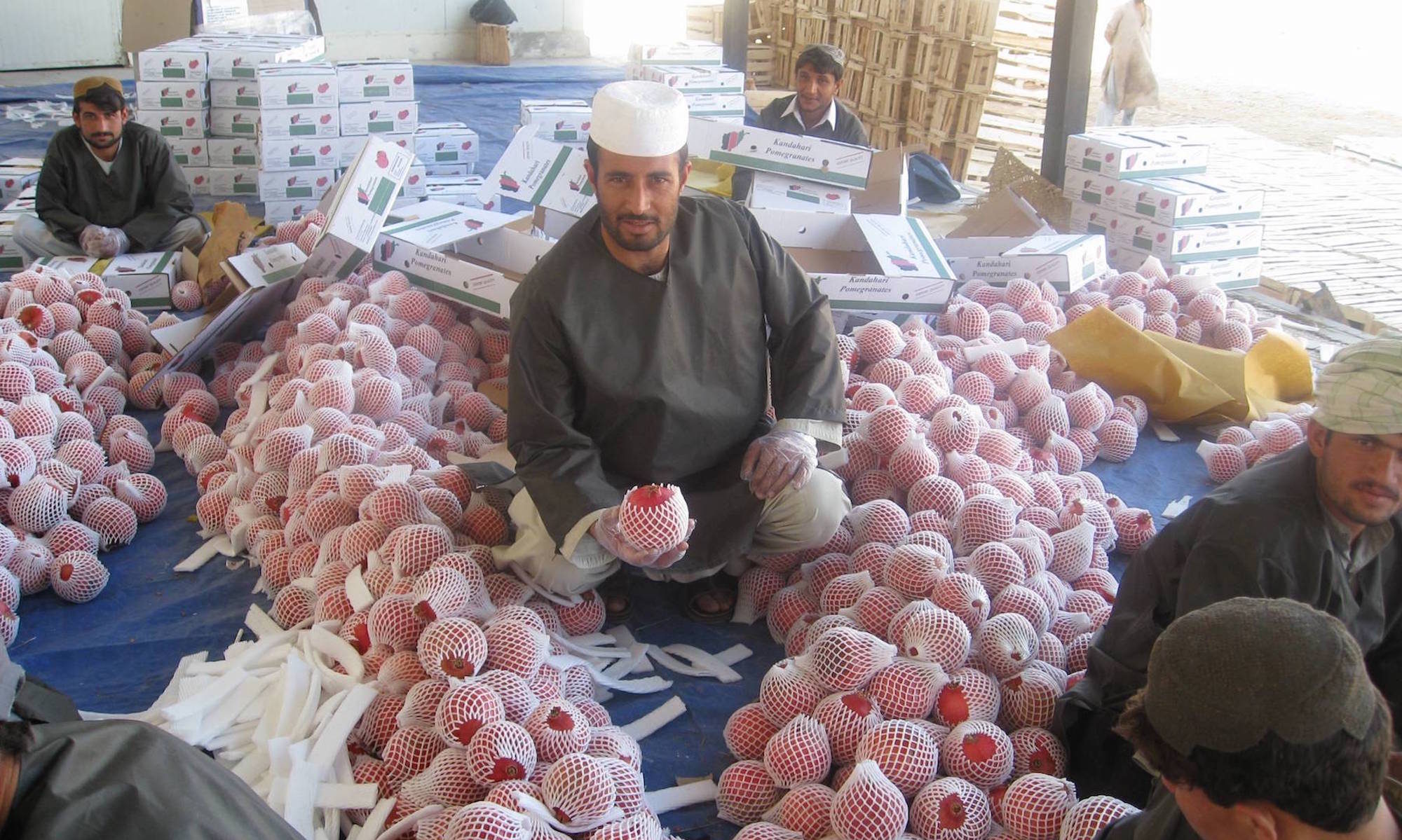As the rising death toll among humanitarian aid workers suggests, saving strangers has become a dangerous occupation. In addressing the consequences of this increase, this article begins by placing the development-security nexus in its historical context. While it has long been associated with liberalism, two factors distinguish this nexus today: first, the global outlawing of spontaneous or undocumented migration; second, the shift in the focus of security from states to the people living within them. Reflecting these moves, policy discourse now conceives development and underdevelopment biopolitically – that is, in terms of how life is to be supported and maintained, and how people are expected to live, rather than according to economic and state-based models. The household and communal self-reliance that forms the basis of this biopolitics, however, has long been in crisis. Since the end of the Cold War, the destabilizing forms of global circulation associated with this emergency have been reconstituted as threats to the critical infrastructures that support mass consumer society. A new security terrain now links the crisis of adaptive self-reliance with risks to critical infrastructure within a single framework of strategic calculation. Rather than ameliorating the generic life-chance divide between the global north and south, the development-security nexus is entrenching it.

INSCT Postconflict Research Database
The Institute for National Security and Counterterrorism's Postconflict Research Database & Analysis Project stores cross-indexed bibliographic information on hundreds of journal articles, books, book chapters, and case reports that address the broad, interdisciplinary fields of postconflict reconstruction, stabilization, and peacebuilding.
44 Replies to “The Liberal Way of Development and the Developmental-Security Impasse: Exploring the Global Life-Chance Divide”
Comments are closed.